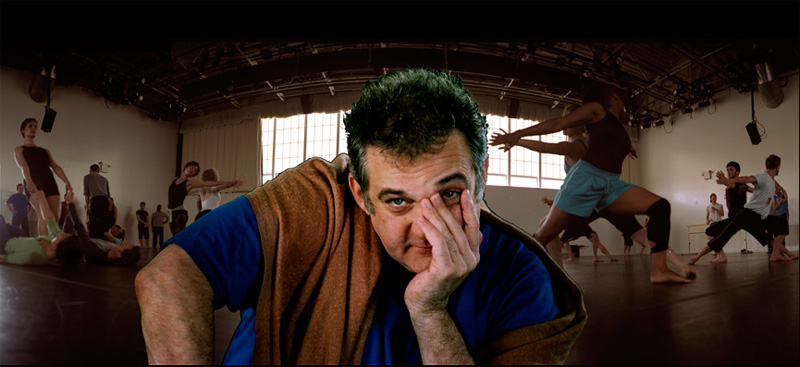
By Bob Hicks
HARD NUT: It’s been a lot of years since I’ve seen The Hard Nut, Mark Morris‘s pared-down version of The Nutcracker, but I’ve always more than liked it. It’s lean yet lush, beautifully framed, and intensely musical.
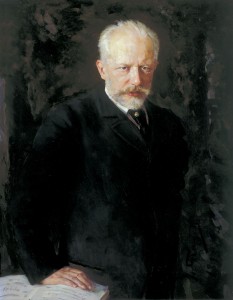 You still occasionally hear people refer to it as Morris’s winking bad-boy spoof of the ubiquitous holiday story ballet, but people who think that about it (a) aren’t paying a lot of attention to the dance itself, and (b) apparently haven’t read the E.T.A. Hoffmann story on which both The Hard Nut and The Nutcracker are based. Morris took the narrative for his version, which premiered in 1991, directly from Hoffmann’s tale-within-the-tale, which is more sinister than your average sugar plum and which Hoffmann himself titled The Hard Nut. If you’ve never read the Hoffman story, it’s well worth it.
You still occasionally hear people refer to it as Morris’s winking bad-boy spoof of the ubiquitous holiday story ballet, but people who think that about it (a) aren’t paying a lot of attention to the dance itself, and (b) apparently haven’t read the E.T.A. Hoffmann story on which both The Hard Nut and The Nutcracker are based. Morris took the narrative for his version, which premiered in 1991, directly from Hoffmann’s tale-within-the-tale, which is more sinister than your average sugar plum and which Hoffmann himself titled The Hard Nut. If you’ve never read the Hoffman story, it’s well worth it.
The Hard Nut returns to the Brooklyn Academy of Music next weekend, and this morning’s New York Times carries a freewheeling Q&A interview with Morris by Julie Bloom. It offers a great inside look at Morris’s thinking and his approach to art. He declares himself a classicist in many ways, which I think is true, especially in terms of musicality. And he reveals that it was his love for Tchaikovsky‘s score that prompted him to create The Hard Nut in the first place.
Absolutely. Tchaikovsky strikes me as one of our most misunderstood major composers, a guy whose work is often dismissed as sweet and antiquarian. Hardly. Yes, his music is melodically gorgeous. Structurally, it’s like steel: tough and springy, and fully anticipating modernism. As Morris puts it, it’s “astonishingly advanced.”
Read the interview here. And don’t forget that Oregon Ballet Theatre‘s production of the Balanchine Nutcracker opens December 11.

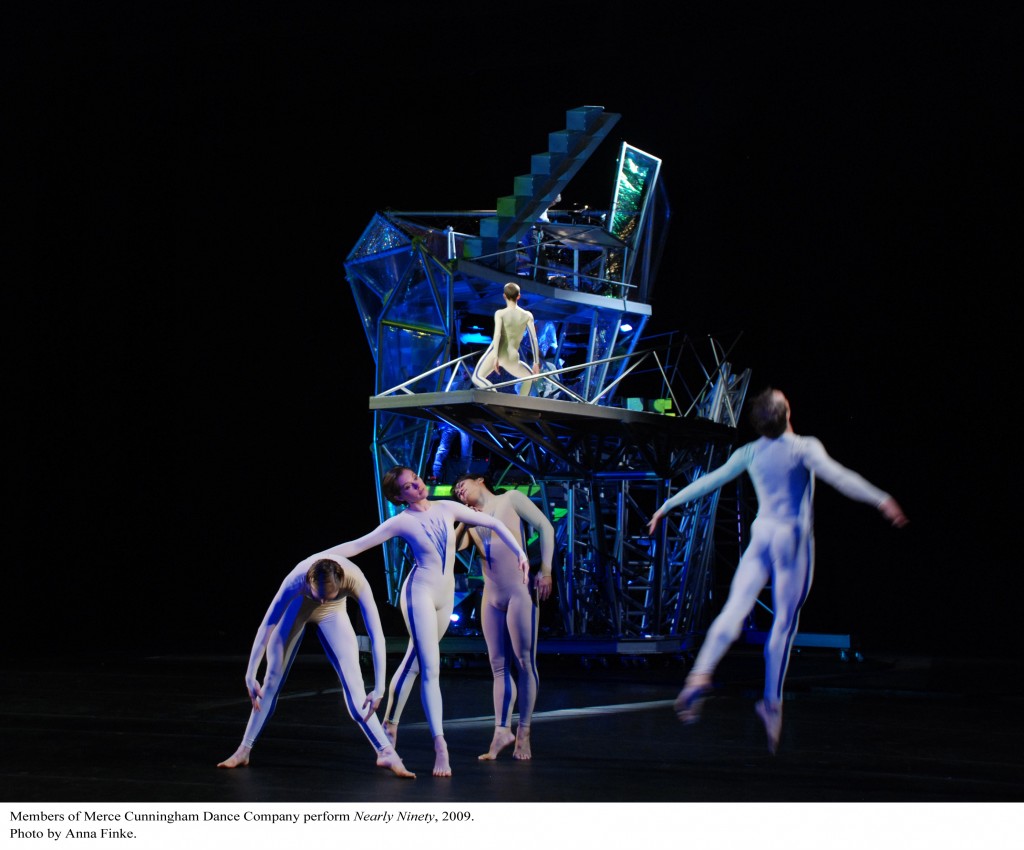
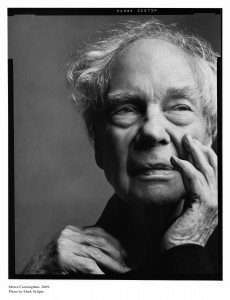 Merce Cunningham died the other day, in his sleep it is said, which means he was still hard at work at the age of 90. Artists do, you know, work in their sleep, as well as their waking hours. There is no rest for the psyche.
Merce Cunningham died the other day, in his sleep it is said, which means he was still hard at work at the age of 90. Artists do, you know, work in their sleep, as well as their waking hours. There is no rest for the psyche.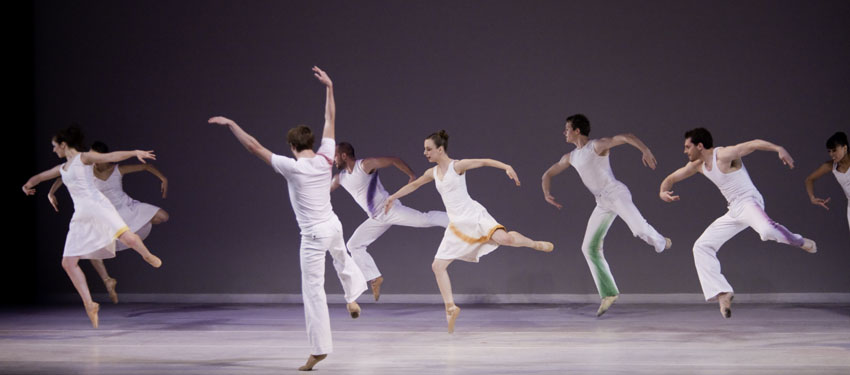
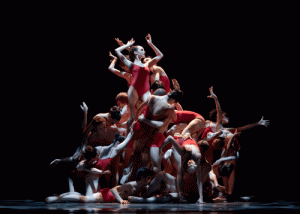 God knows Stravinsky’s 1912 Sacre du Printemps, played brilliantly here in its two-piano version by Carol Rich and Susan DeWitt Smith, is structured. Its lyrical beginning builds to a pounding crescendo in music that is still startling for its highly stylized brutality.
God knows Stravinsky’s 1912 Sacre du Printemps, played brilliantly here in its two-piano version by Carol Rich and Susan DeWitt Smith, is structured. Its lyrical beginning builds to a pounding crescendo in music that is still startling for its highly stylized brutality.